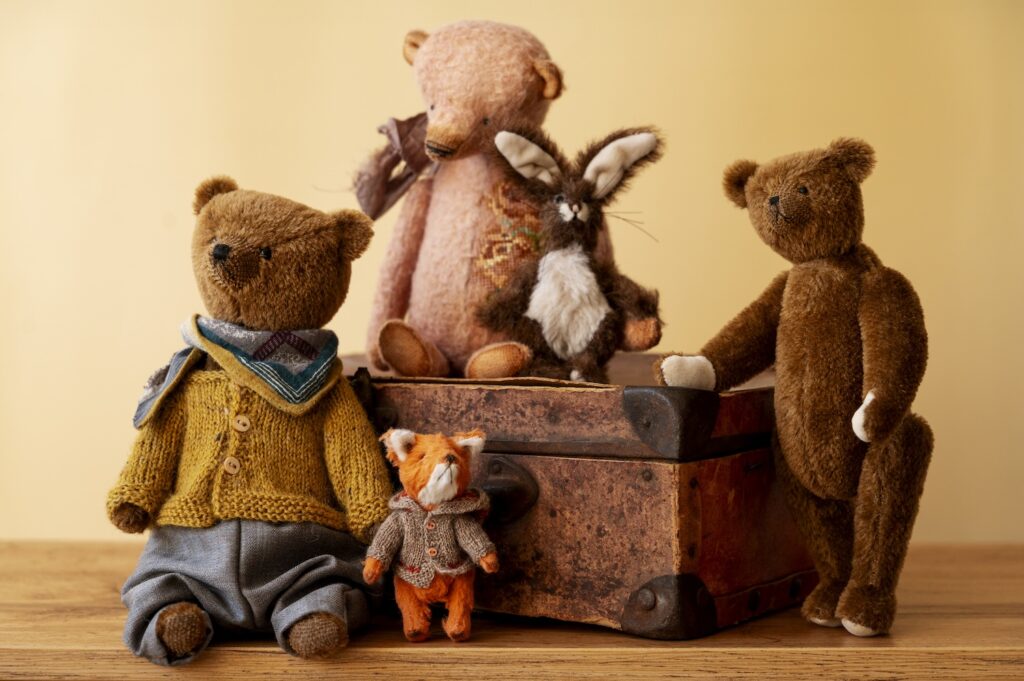
Remember that worn teddy bear, its fur matted with love, that brought you endless comfort as a child? Or that jingle from your favorite childhood cereal, instantly transporting you back to Saturday mornings spent glued to the TV? These are the powerful triggers of nostalgia, a warm emotional tug that marketers are cleverly harnessing through a technique called nostalgia marketing Nostalgia marketing taps into our sentimental feelings for past trends, aesthetics, and cultural touchstones. It’s the art of weaving positive memories from bygone eras into the present, fostering a strong connection between consumers and brands.
But why is this approach so effective? Think of nostalgia marketing as a bowl of warm comfort food for the soul. In a world that’s constantly bombarded with new information and trends, familiar elements from the past provide a sense of security and stability. It’s like reuniting with an old friend – there’s an instant sense of ease and connection.
This emotional connection is key. Nostalgia marketing doesn’t just remind us of the past; it makes us feel good. A commercial featuring a classic cartoon character we loved as kids, or a product repackaged in its original retro design, evokes positive emotions that we then associate with the brand. Suddenly, that new cereal doesn’t just look good, it tastes like carefree Saturday mornings.
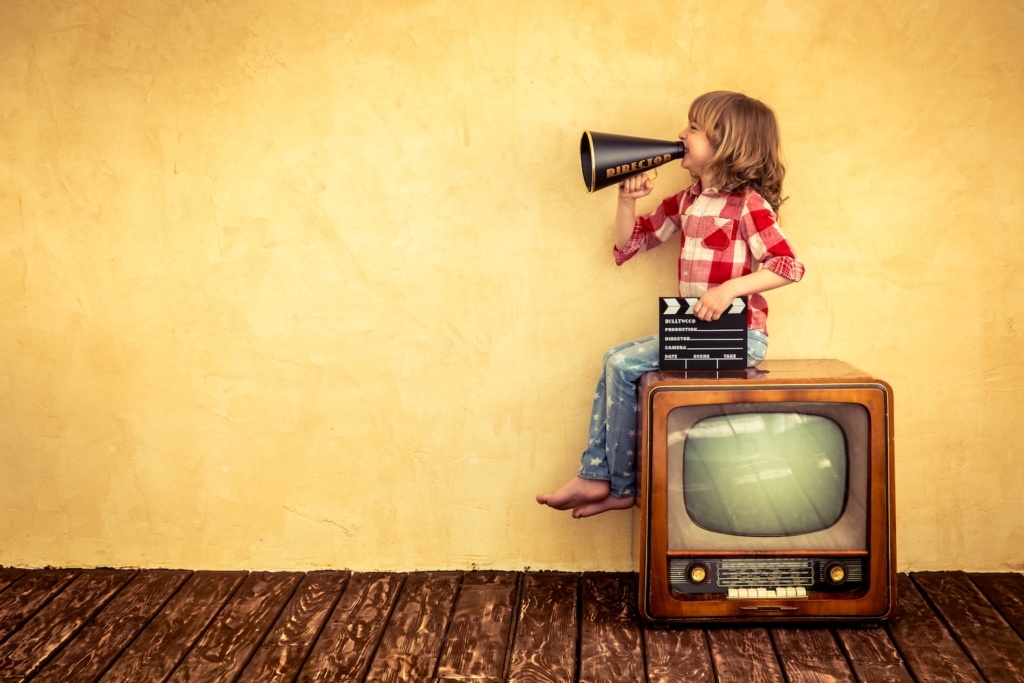
There’s also a strong element of idealization at play. Nostalgia often paints the past in a rosy light, making us forget the downsides and focus on the happy memories. We remember the carefree joy of childhood summers, not the scraped knees and bad haircuts. Brands capitalize on this by linking their products to a time perceived as simpler and happier, making them seem more appealing.
The effectiveness of nostalgia marketing is undeniable. Consider the roaring success of Coca-Cola’s “Share a Coke” campaign, which featured names printed on cans and bottles. This simple touch on a classic product sparked a wave of social media sharing and a surge in sales, all because it evoked feelings of togetherness and personalization.
Similarly, Nintendo’s NES Classic Edition, a miniature console pre-loaded with classic games, was a runaway hit. The familiar design and iconic games triggered a wave of nostalgia for gamers of a certain age, leading to long lines and sold-out stores.
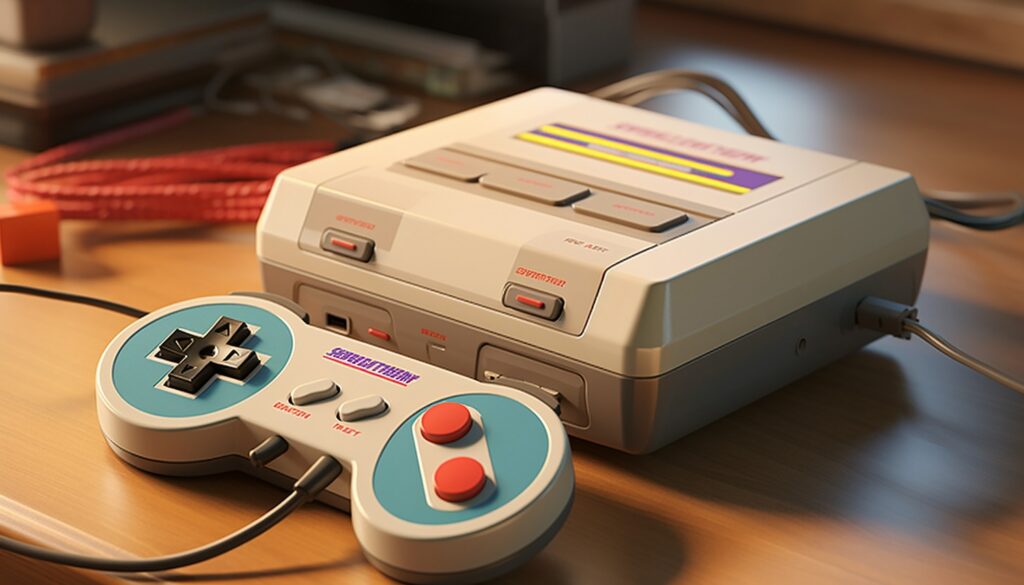
These are just a few examples of how nostalgia marketing can be a powerful tool. By understanding the emotional pull of the past, brands can create marketing campaigns that resonate deeply with consumers, fostering brand loyalty and driving sales. So the next time you see a product or commercial that evokes a warm, fuzzy feeling of yesteryear, remember – it’s not just a coincidence; it’s the power of nostalgia marketing at work.
TAILORING NOSTALGIA MARKETING ACROSS GENERATIONS
The power of nostalgia marketing is undeniable, but its effectiveness hinges on one crucial factor: targeting the right memories for the right audience. While everyone experiences nostalgia, the specific triggers vary greatly across generations. Let’s explore how to tailor your nostalgia marketing strategy to resonate with different age groups:
Baby Boomers (born 1946-1964): This generation grew up with a distinct cultural identity. Think classic rock anthems that still pack a stadium, iconic Woodstock imagery, or even references to historical events like the moon landing. Marketing campaigns that incorporate these elements can evoke powerful feelings of nostalgia and connection for Boomers.
Imagine a commercial featuring a montage of vintage advertisements with a groovy soundtrack, advertising a new line of comfortable clothing – perfect for those “golden years.” Or, a financial service using grainy footage of the moon landing while emphasizing stability and security for retirement planning.
Generation X (born 1965-1980): Gen X witnessed a technological revolution from bulky cassette players to the dawn of the internet. Neon-drenched 80s fashion with leg warmers and shoulder pads can spark a wave of nostalgia, alongside references to iconic video game consoles like the Atari or classic movies like “Back to the Future.”
A clothing brand could launch a limited edition collection inspired by 80s fashion trends, while a tech company could promote a new phone with a campaign showcasing the evolution of mobile communication, featuring a nostalgic nod to the brick phones of Gen X’s youth.
Millennials (born 1981-1996): Growing up alongside the rise of the internet, Millennials have a unique set of nostalgic triggers. Think 90s pop culture references like “Saved by the Bell” or the Spice Girls, the Tamagotchi craze, or the iconic Furbys that were both loved and slightly terrifying.
A streaming service could attract subscribers with a campaign featuring classic 90s sitcoms, or a toy company could reintroduce a revamped version of a beloved childhood toy. Think Tamagotchi with an app update, or a Furbys collection with a modern voice chip (hopefully less creepy this time around).
Generation Z (born 1997-2012): The youngest generation with purchasing power often finds nostalgia in the early 2000s. Think flip phones, the rise of social media platforms like MySpace, or pop culture icons like Britney Spears and the Backstreet Boys.
A social media app could target Gen Z with a humorous campaign highlighting the evolution of online interactions, contrasting the “simpler” days of MySpace with the complexities of today’s platforms. Similarly, a music streaming service could curate playlists featuring early 2000s pop hits, capturing the sounds of Gen Z’s formative years.
Beyond the Generation Gap: Universal Nostalgia

While generational differences exist, some retro elements transcend age. Classic designs with clean lines and timeless aesthetics can resonate across age groups. Similarly, universal themes of love, friendship, and family can evoke a sense of nostalgia regardless of when someone grew up. Cultural icons like Mickey Mouse or Coca-Cola hold a special place in the hearts of many, regardless of generation.
By incorporating these universal elements alongside targeted nostalgia triggers, brands can create campaigns that evoke a warm glow of remembrance in a broader audience. The key takeaway? Understanding your target audience and the specific memories that resonate with them is crucial for crafting a successful nostalgia marketing campaign. So, dust off those memories, tailor your approach, and watch the power of nostalgia work its magic.
TURNING BACK TIME: A GUIDE TO LAUNCHING A SUCCESSFUL NOSTALGIA MARKETING CAMPAIGN
The warm glow of nostalgia is a powerful marketing tool. But translating that feeling into a successful campaign requires careful planning and execution. Here’s a roadmap to navigate the exciting world of nostalgia marketing:
Knowing Your Audience is Key
The first step is pinpointing your target audience. Understanding their age group, interests, and formative years will determine the most impactful retro elements for your campaign. Imagine trying to sell vintage record players to teenagers – the nostalgia factor might be lost. Analyze your customer base and identify the era that resonates most with them.
Choosing the Right Retro Era
Not all “retro” is created equal. Consider your brand and product when selecting a timeframe. For example, a sneaker brand might leverage the vibrant athletic wear trends of the 80s, while a cookware company could find success with the classic, minimalist designs of the 50s. Ensure the chosen era aligns with both your brand image and target audience’s nostalgia.
Authenticity is Your Best Friend
Consumers can sniff out inauthenticity a mile away. Don’t resort to gimmicky throwbacks. Instead, delve into the genuine cultural touchstones of your chosen era. Use high-quality visuals, music, and language that accurately reflects the time period. Remember, you’re aiming to evoke genuine memories, not create a cheap imitation.
Embrace Retro Design
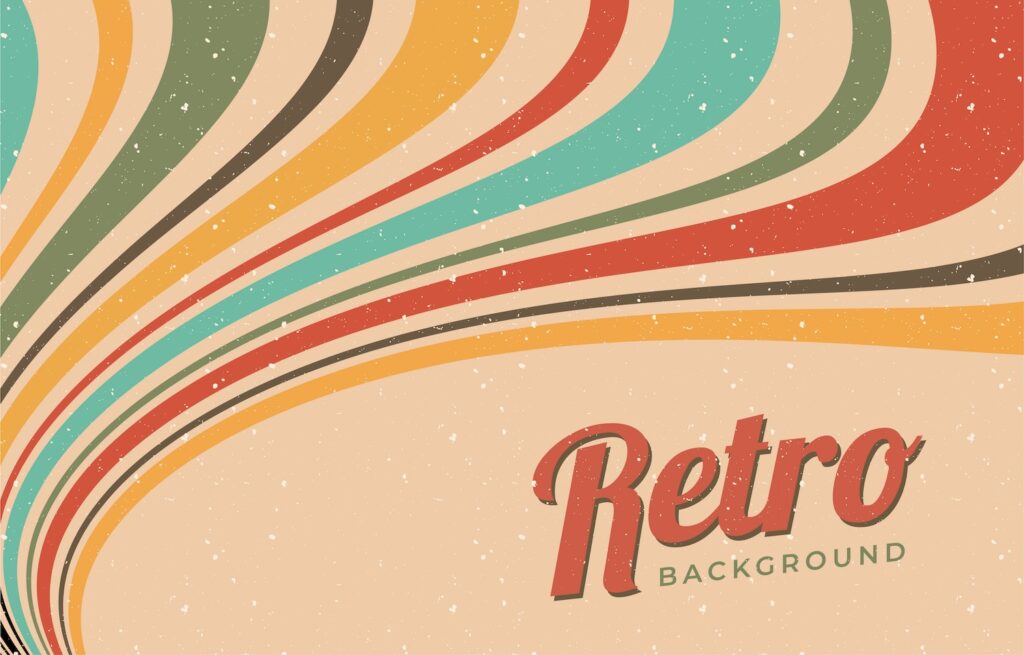
One powerful way to tap into nostalgia is through product design. Consider reviving classic designs or packaging styles from your chosen era. This could be anything from a record company re-releasing classic albums on vinyl to a clothing brand offering a limited edition collection inspired by vintage styles.
Marketing with a Retro Flair
Let nostalgia permeate your marketing materials. Incorporate retro aesthetics into advertisements, social media posts, and even your website design. Think vintage fonts, classic color palettes, and imagery evocative of your chosen era. Imagine a social media campaign for a new line of cameras featuring grainy photos reminiscent of old Polaroids.
Speak Their Language
Craft brand messaging that leverages the language, slogans, and cultural references of your target audience’s nostalgic era. This could involve using popular catchphrases from the time period or referencing iconic movies or TV shows. Remember, it’s about striking a chord of familiarity and reminding them of happy memories.
Modern with a Vintage Twist
While nostalgia is powerful, it shouldn’t come at the expense of relevance. Strike a balance between embracing retro elements and maintaining a modern appeal for your brand or product. This could involve updating classic designs with modern features or utilizing retro aesthetics in a fresh and innovative way.
Spreading the Word – Multi-Channel Marketing
In today’s digital age, a successful campaign utilizes various marketing channels. Engage your target audience on social media platforms they frequent. Partner with influencers whose style aligns with your chosen era. Create engaging content marketing pieces, like blog posts or videos, that explore the cultural significance of the retro era you’re referencing. Consider hosting experiential marketing events with a retro theme, allowing customers to immerse themselves in the nostalgic experience.
Measuring Success
Finally, track the effectiveness of your nostalgia marketing campaign. Monitor key metrics such as brand awareness, engagement on social media posts, website traffic, and of course, sales figures. Track customer sentiment through surveys or social media listening tools to gauge the emotional impact of your campaign.
THE FLIP SIDE OF THE COIN: CHALLENGES AND CONSIDERATIONS IN NOSTALGIA MARKETING
While nostalgia marketing offers a powerful toolset, it’s not without its challenges. Let’s explore some potential pitfalls to avoid on your journey down memory lane:
The Outdated Trap
Nostalgia can be a double-edged sword. While it evokes warm memories, using outdated elements can backfire, making your brand appear irrelevant or out-of-touch. Imagine a campaign featuring clunky 80s computers to promote a cutting-edge tech gadget. The disconnect can alienate potential customers.
Too Much of a Good Thing
Relying too heavily on nostalgia can create a one-trick pony effect. While tapping into past memories is powerful, it shouldn’t overshadow the present value of your brand or product. Consumers still crave innovation and modern features. Ensure your nostalgic elements enhance your brand story, not replace it.
Respecting Copyrights and Trademarks
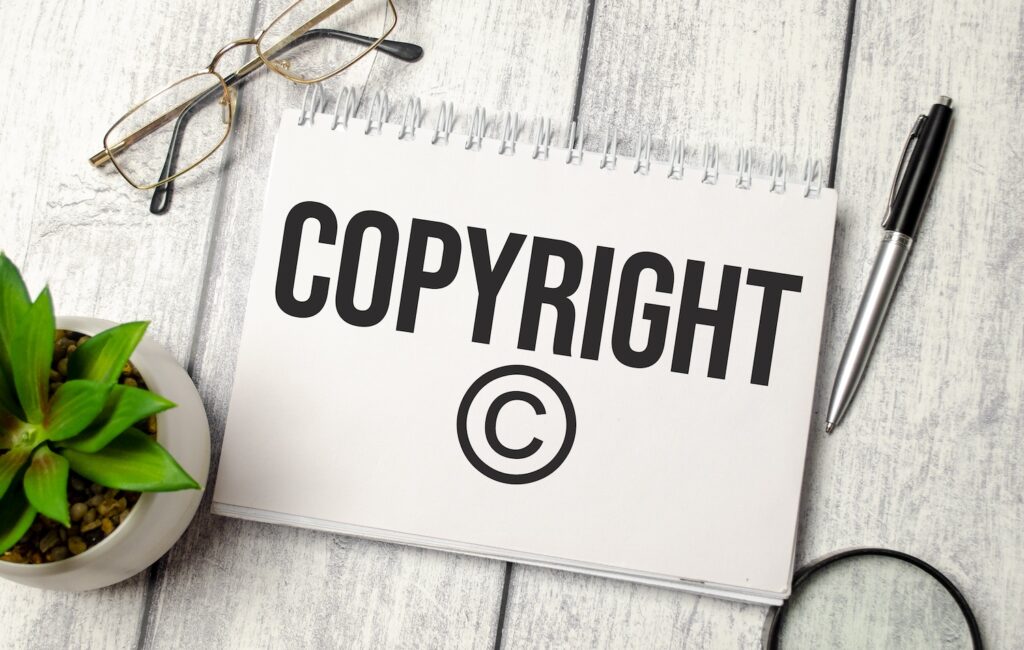
The past might be full of cool stuff, but it also comes with legal baggage. Ensure that any use of retro trademarks, copyrights, or imagery adheres to intellectual property laws. Avoid copyright infringement by obtaining proper licenses if using copyrighted material like music, logos, or character designs.
Staying True to Your Brand
Nostalgia marketing should complement, not contradict, your brand identity. Don’t force a retro theme if it clashes with your brand image. For example, a high-end luxury brand might not benefit from referencing the grunge fashion of the 90s. The chosen retro elements should enhance your brand story and resonate with your target audience.
Generational Divide
Remember, nostalgia is subjective. What resonates with one generation might be a complete blank slate for another. A campaign celebrating the rise of dial-up internet might leave younger audiences scratching their heads. Carefully consider your target audience’s age group and ensure the chosen retro elements evoke positive memories for them.
Striking a Balance between Past and Present
Nostalgia marketing is about weaving the past into the present, not solely dwelling on bygone eras. Showcase how your brand or product has evolved while staying true to its roots. Use retro elements as a springboard to highlight the innovations and improvements you’ve made.
Avoiding Cynicism
Consumers are smart. A transparent attempt to manipulate their emotions with a shallow nostalgia ploy will backfire. Ensure your campaign is genuine and celebrates the era authentically. Focus on the positive emotions and cultural significance of the chosen retro period.
The Challenge of Originality
Nostalgia marketing is a popular trend, and the risk of campaigns becoming repetitive exists. Strive for originality by injecting a fresh perspective on the chosen retro era. Perhaps you can explore a lesser-known aspect of the era or present a unique twist on classic elements.
Measuring the Impact
Not all nostalgia campaigns are created equal. Track the effectiveness of yours. Monitor metrics like brand awareness, engagement, and sales figures. Evaluate customer sentiment through surveys or social media listening tools to see how the campaign resonates with your audience.
By acknowledging these challenges and considerations, you can navigate the exciting world of nostalgia marketing with greater confidence. Remember, it’s about striking a balance between celebrating the past and staying relevant in the present. Let nostalgia be the warm breeze that propels your brand forward, not the anchor that holds it back.
Embracing Nostalgia Marketing – Your Bridge to Brand Success and a Bright Future Ahead
Nostalgia marketing, when wielded thoughtfully, offers a powerful tool to connect with consumers on an emotional level. By understanding your target audience, embracing authenticity, and striking a balance between past and present, you can craft a campaign that resonates deeply and drives brand success.
Remember, nostalgia is a journey down memory lane, but it shouldn’t be a one-way trip. Use the warm glow of the past to illuminate the present and propel your brand towards a bright future. So, dust off those memories, embrace the power of nostalgia, and watch your brand story unfold.











If you are going for best contents like myself, simply go to see this website everyday since it offers quality contents, thanks
Thank you! Creating quality content is my priority, and I’m glad you find value in it. Your support is greatly appreciated!
Hi! I’ve been following your website for a
while now and finally got the bravery to go ahead and give you a shout out from Humble Tx!
Just wanted to mention keep up the great job!
Hi! Thanks a bunch for following along and for your shout out from Humble Tx! Your support means a lot, and I’ll definitely keep up the good work.
Hey people!!!!!
Good mood and good luck to everyone!!!!!